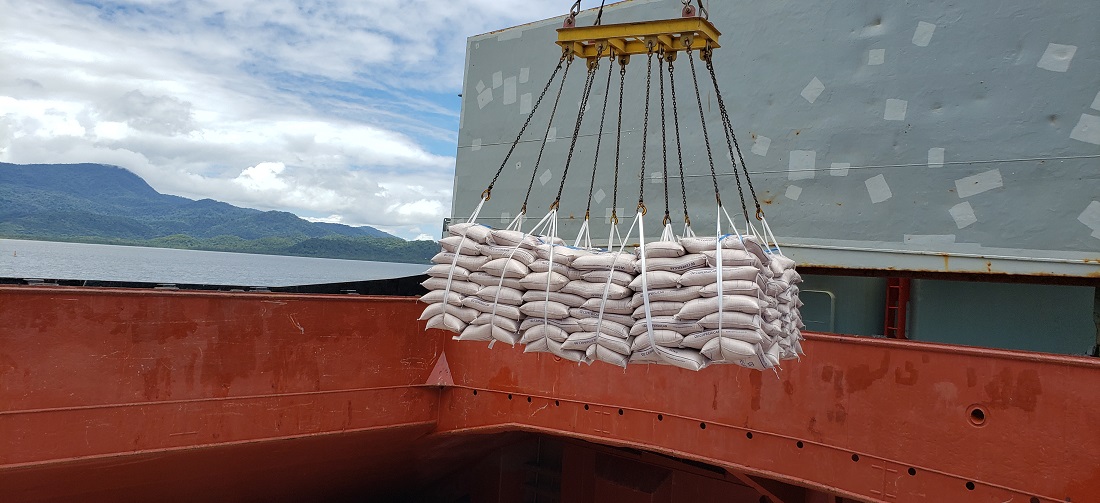
Harvesting problems unlikely to shake Brazil’s sugar export dominance
Jun, 14, 2024 Posted by Gabriel MalheirosWeek 202424
The exceptionally dry weather in Brazil’s center-to-south region will likely affect sugarcane harvesting and milling, albeit not shaking the country’s hegemony in the international sugar market. According to consulting firms, Brazil’s export volume should not differ significantly from last year’s, assuming that competing countries do not increase their output.
Datagro projects that Brazil will export 34.28 million tonnes of sugar this harvest season, a decrease of around 1 million tonnes from last season’s 35.25 million tonnes. Despite this drop, it will still be the second-largest export volume in history.
“Brazil has the responsibility of supplying the world with raw sugar at the moment,” says Plinio Nastari, president of Datagro.
The following chart shows Brazil’s sugar export volume measured in tonnes between January 2021 and April 2024. The data was extracted from Datamar’s maritime intelligence service DataLiner.
Sugar Export Volume from Brazil | Jan 2021 – Apr 2024 | WTMT
Source: DataLiner (click here to request a demo)
Brazil’s main competitors—India and Thailand—are unlikely to capture significant market share. Nastari believes India will not have net exports as its plants are now concentrating efforts on increasing ethanol’s share in the gasoline mix to up to 20%. Currently, ethanol prices in India are more profitable than sugar for export.
Thailand is recovering its sugarcane harvest but remains below historical levels. Although sugar export premiums are lucrative, with a 200-point premium over demerara sugar contracts on the New York Stock Exchange, Datagro estimates Thailand will increase its exports by 2 million tonnes this harvest, reaching 7.2 million tonnes—still far behind Brazil.
In Mexico, drought has affected the sugarcane harvest, removing the country from the international market. Consequently, part of the American import quota that Mexico would have naturally supplied will be covered by other markets, including Brazil.
Mauricio Muruci, an analyst at Safras & Mercado, noted that most of this year’s Brazilian exports have already been sold in future contracts, with prices largely stuck at last year’s rates.
For the calendar year 2024, the consultancy estimates Brazilian exports will grow to 33 million tonnes, up from 32.5 million tonnes last year.
In the second half of last year, sugar prices were higher, ranging between 24 cents and 26 cents per pound. This year, prices have fallen, with futures contracts currently around 19 cents per pound.
The unlocked portion of sugar will be exported at these lower prices but will be partially offset by high premiums and a favorable exchange rate. According to Datagro, premiums on raw sugar exports placed at the port of Santos range from 25 points to 35 points over New York contract values. Nastari notes that immediate sugar shipments are often discounted due to high local supply rather than premium pricing.
What sustains this movement is strong global demand. This week, the International Sugar Organization (ISO) raised its estimate of the supply deficit in the 2023/24 cycle (which started in October) from just under 700,000 to 2.9 million tonnes.
-
Grains
Nov, 18, 2021
0
ANEC reduces forecast for soybean exports in November but raises forecast for corn
-
Meat
Dec, 17, 2020
0
Animal products exported to 24 new international markets in 2020
-
Grains
Apr, 12, 2022
0
The war between Russia and Ukraine can stimulate wheat production in South America
-
Economy
Oct, 20, 2023
0
Government makes PROEX more flexible to increase competitiveness of Brazilian exports

